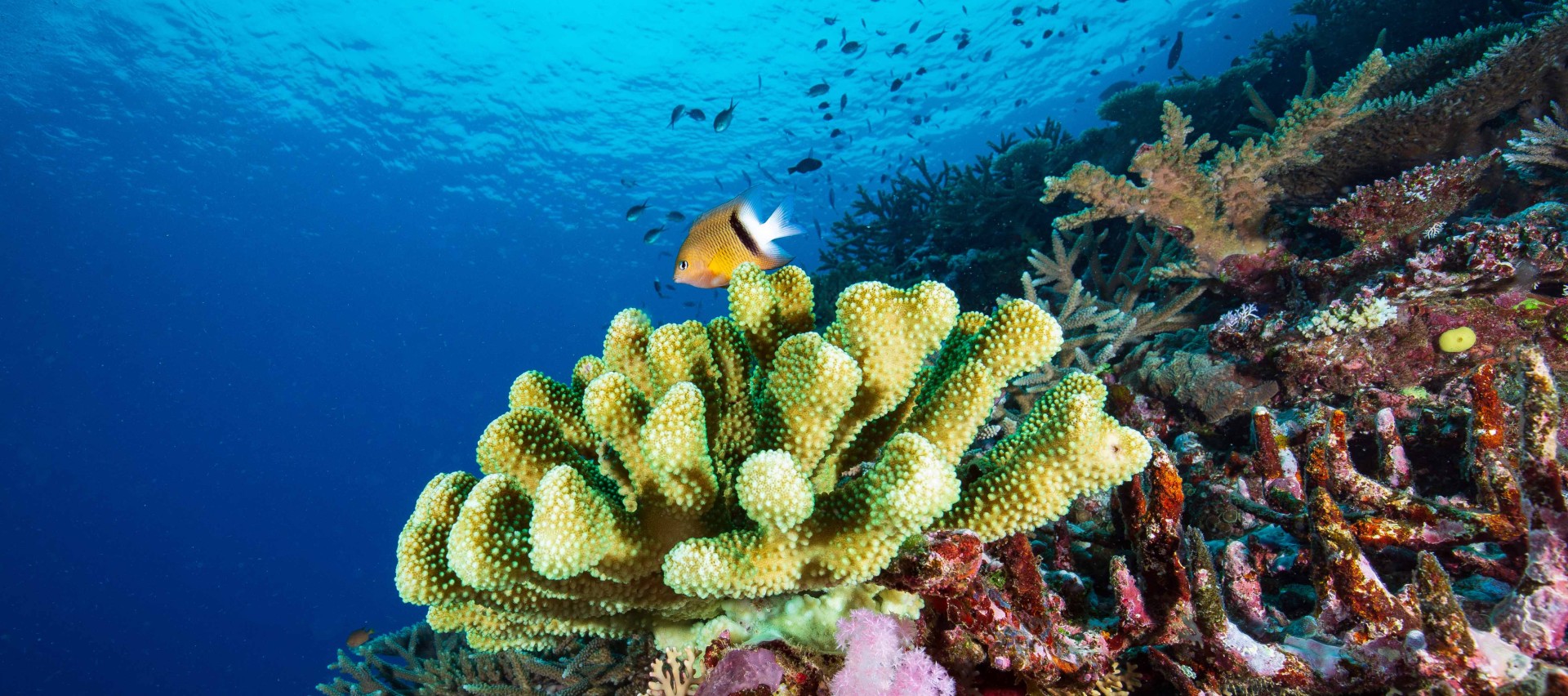- Research
New study published on coral dynamics at Lighthouse and Ngederrak reefs
Corals from the family Pocilloporidae are common across the Indo-Pacific. They are important reef builders and help create habitats for fish and invertebrates. When they reproduce, their larvae spend a relatively short time period in the water column compared to other corals and they settle quickly as coral offspring. This trait has led to the expectation that sites with a higher presence of adults will also have a higher presence of offspring as they don’t have time to travel far from their parent’s colony.
“Understanding the dispersal capacity of corals is important as it allows us to gather insights on how far coral communities can spread and how interconnected different communities are” stated Ms. Greta Sartori, researcher at the Palau International Coral Reef Center.
Researchers from PICRC and The University of Queensland in Australia have looked closely at Pocilloporidae corals across the Lighthouse and Ngederrak reefs to see how the presence of adult coral relates to the number of offspring. The results of this study, led by Ms. Sartori and recently published in Bulletin of Marine Science, confirmed their hypothesis that more adult colonies at a site correlated with more offspring. But they also found that rising sea temperatures could impact this.
When they repeated the study in 2021 after a minor coral bleaching event in 2020, they found less live adults and offsprings and noticed that the correlation was not as evident anymore, suggesting that even a minor bleaching event could cause significant impacts on coral reproductive capacity.
“These findings have important implications for understanding where coral reef recovery can naturally occur and how it could be impacted by stressors such as bleaching, and also give us insights on where coral restoration interventions may be prioritized.” concluded Ms. Sartori.


